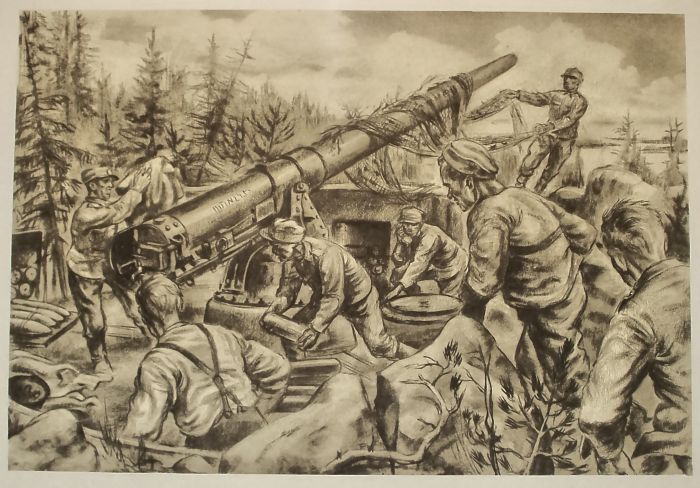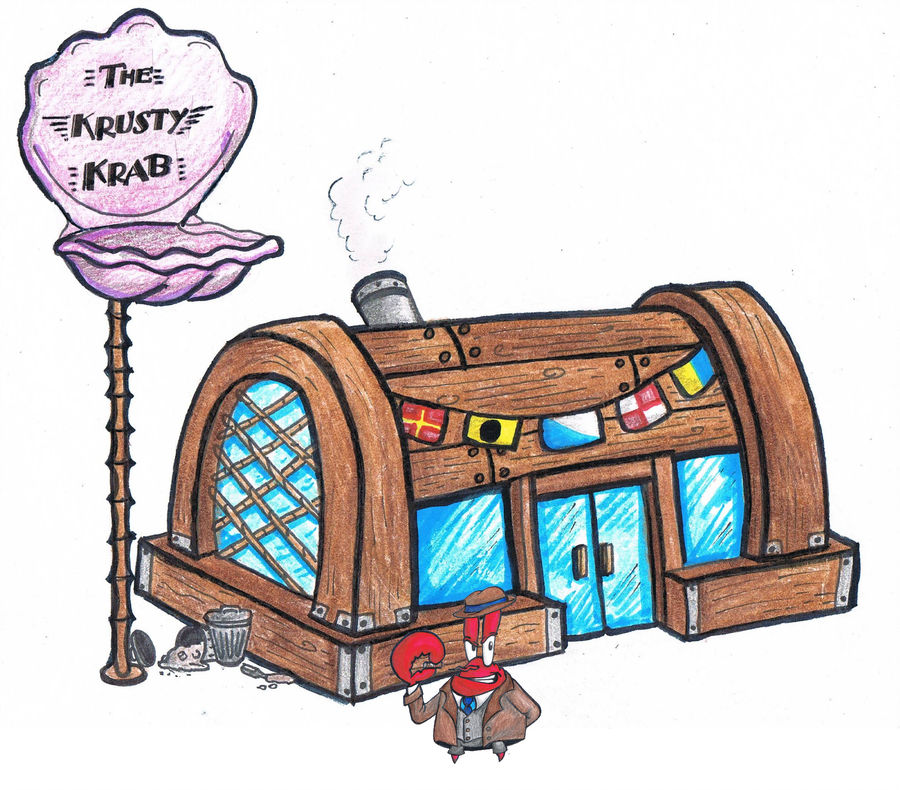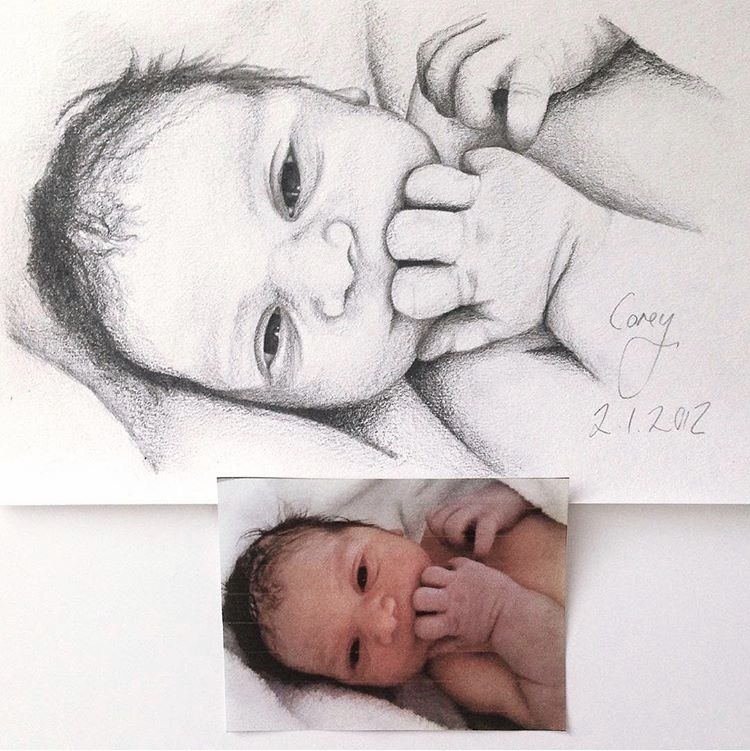War draw drawing krzysztof drawings 25th uploaded october which
Table of Contents
Table of Contents
Are you interested in learning how to draw war? Whether you are an aspiring artist or just love to draw, the art of drawing war scenes can be challenging, but extremely rewarding. With the right techniques and practice, you can create a compelling and realistic drawing that truly captures the emotions and intensity of war.
Pain Points
One of the biggest challenges when it comes to drawing war is capturing the raw emotion that comes with it. In order to create a truly impactful drawing, you need to be able to convey not only the violence and chaos of war, but also the human element that makes it so powerful. This can be difficult for many artists, as it requires a deep understanding of not only the technical aspects of drawing, but also the emotional and psychological impact of war.
How to Draw War
The first step in drawing war is to do your research. This means studying real-life war scenes, as well as photos, videos, and other media that capture the essence of war. This will help you to better understand the lighting, movement, and other details that make war scenes so powerful.
Next, it’s important to work on your technical skills. This means developing your ability to draw realistic figures, as well as mastering techniques like shading and perspective. You may also want to experiment with different mediums, such as charcoal or pen and ink, to find the style that suits you best.
When drawing war scenes, it’s important to focus on the emotions and human elements that make it so powerful. This means paying close attention to the expressions, body language, and movements of your subjects, as well as the overall atmosphere of the scene.
Summary of Main Points
So, in summary, to draw war effectively:
- Do thorough research and study real-life war scenes and media
- Develop your technical skills, including shading and perspective
- Focus on the emotions and human element of the scene
How to Draw War and Convey Emotion
When it comes to drawing war, there are a few key techniques that can help you to convey emotion and create a truly impactful piece of art. One technique is to focus on the contrast between light and dark, using shading to create depth and add drama to your scene.
Another technique is to pay close attention to the expressions and body language of your subjects. This can help you to capture their emotions and the tension of the moment in a way that feels authentic and powerful. Additionally, incorporating elements like smoke, flames, and debris can add to the overall sense of chaos and destruction that comes with war.
When I first started learning how to draw war scenes, I found that practicing with different poses and movements was incredibly helpful. By experimenting with different expressions, angles, and lighting, I was able to develop my own style and create drawings that truly captured the emotions and intensity of war.
 War Draw by Krzysztof Grzondziel
War Draw by Krzysztof Grzondziel
How to Draw War and Capture Movement
Capturing the movement of war scenes can be challenging, but incredibly rewarding. To add a sense of motion and energy to your drawings, it’s important to pay close attention to your figures’ body language and gestures. Using techniques like shading and line work, you can create the illusion of movement and add to the overall impact of your drawing.
Another key element of capturing movement in war scenes is to focus on the environment. By drawing elements like explosions, debris, and smoke, you can convey the chaos and destruction of the moment, as well as add to the sense of movement and action in your drawing.
 Pencil War Drawings
Pencil War Drawings
Adding Depth and Detail to War Scenes
One of the most important elements of drawing war scenes is creating a sense of depth and detail. By paying close attention to lighting, shading, and perspective, you can make your drawings feel more realistic and impactful.
Adding texture and detail to your drawings can also help to make them feel more dynamic and engaging. This can include elements like textures in clothing and on the environment, as well as incorporating different mediums like ink or watercolor to add depth and vibrancy to your scene.
 Pencil War Drawings
Pencil War Drawings
Tips for Beginners
If you’re just starting out with drawing war scenes, it can be helpful to start small and work your way up to more complex scenes. Practice with different mediums and techniques, and don’t be afraid to experiment and try new things.
Remember, the most important part of drawing war scenes is capturing the emotion and impact of the moment. Focus on developing your skills, but also on understanding the psychology of war and what makes it such a powerful and influential part of our history.
Question and Answer Section
Q: What are the best mediums for drawing war scenes?
A: There are many great mediums for drawing war scenes, including charcoal, pen and ink, watercolor, and acrylic. Experiment with different mediums to find the style that suits you best.
Q: How can I make my war scenes more emotional?
A: To make your war scenes more emotional, focus on capturing the expressions and body language of your subjects, as well as the overall atmosphere of the scene. Pay attention to lighting, shading, and other details that can help to convey the intensity of the moment.
Q: How can I improve my technical skills when drawing war scenes?
A: You can improve your technical skills by practicing regularly and experimenting with different techniques and mediums. Pay attention to details like shading, perspective, and anatomy, and don’t be afraid to seek out feedback and guidance from other artists.
Q: How can I make my war scenes feel more realistic?
A: To make your war scenes feel more realistic, focus on elements like lighting, shading, and perspective. Pay close attention to the environment and other details that can help to create a sense of depth and realism in your drawing.
Conclusion of How to Draw War
Drawing war scenes can be both challenging and rewarding. By focusing on technique, emotion, and the human element, you can create drawings that truly capture the intensity and impact of war. Remember to practice regularly, experiment with different mediums and techniques, and study real-life war scenes to improve your skills and develop your own unique style.
Gallery
Pencil War Drawings (44 Pics) - Izismile.com

Photo Credit by: bing.com / war drawings draw pencil step drawing arcmel рисунки izismile война action источник
Pencil War Drawings (44 Pics) - Izismile.com

Photo Credit by: bing.com / war drawings pencil drawing ww2 izismile
War Drawings (44 Pics)

Photo Credit by: bing.com / war drawings acidcow
Pencil War Drawings (44 Pics) - Izismile.com

Photo Credit by: bing.com / war drawings pencil izismile
War Draw By Krzysztof Grzondziel Drawing By Krzysztof Grzondziel | Fine

Photo Credit by: bing.com / war draw drawing krzysztof drawings 25th uploaded october which






